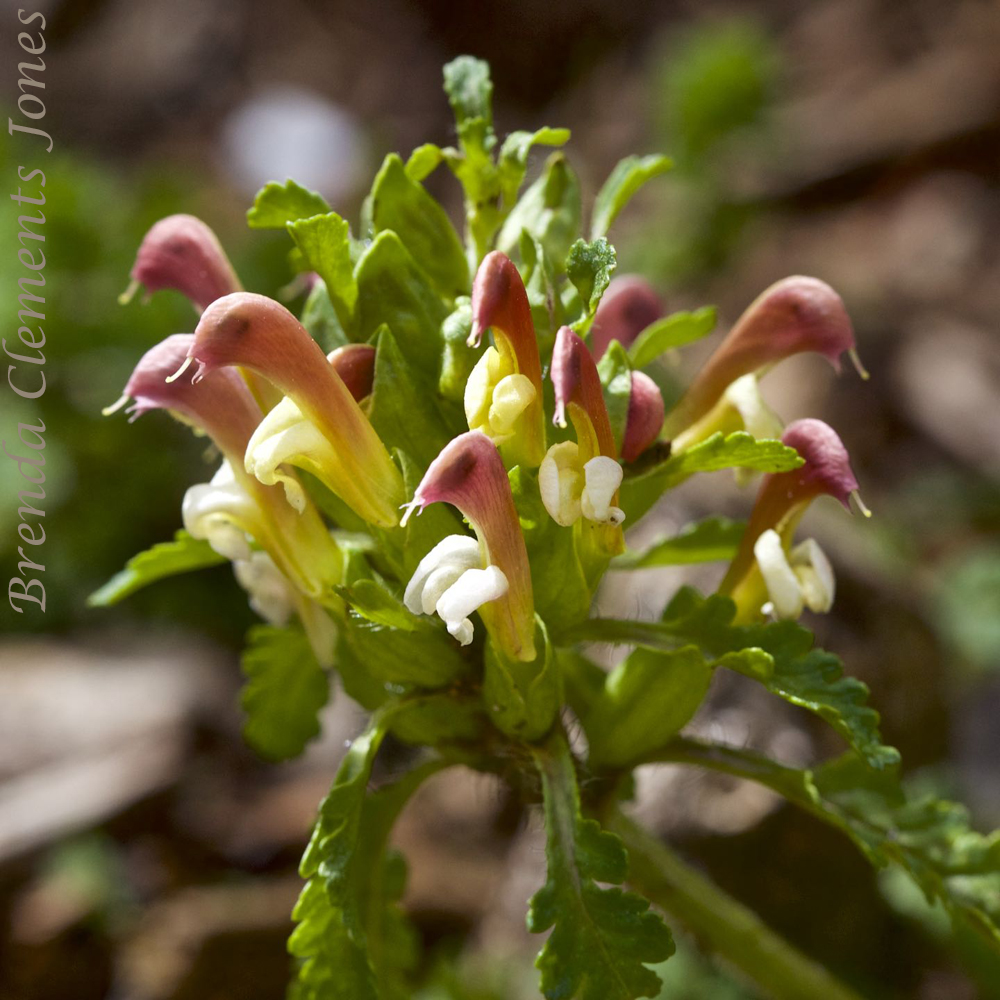
This native perennial is found in southeastern Canada, eastern North America (as well as New Mexico and Colorado) and eastern Mexico. Wood Betony (Pedicularis canadensis).

The first time I ever saw this plant was along a trail here in the Blue Ridge. As is often the case, I took a picture of the flower, went home and found out what it was by paging through my wildflower books.

Wood Betony is an interesting plant, aside from looking like a collection of cute little turkey heads, it is a hemiparasite, meaning it is partly dependent upon other plants as a source of water and nutrients. If there are no plants available around it, it will get by using its own resources to obtain water and nutrients. Exactly which plants Wood Betony parasitizes is not known for sure but it is thought to be native trees such as oaks and native grasses.

Bumblebees are a major pollinator of Wood Betony. And after the flowers fade, seed capsules grow in their place. Seed capsules that burst open explosively to scatter the seeds across the nearby landscape.

Since my first sighting of Wood Betony I have found a nursery that propagates its own Wood Betony. And now I’ve added a few plants to my garden. I’m looking forward to seeing them in bloom again come the middle of April.

2 responses to “Wood Betony”
ahh hemiparasites, the bane of all true conservatives, ya know I keep a few dollars in my center console to give to people at intersections who ask for money. mine is not to reason why, it feels good to give and is part of the taxes we should be paying anyway. hemiparasitically saying, the betony plant may make the oak happy.
Hi Ken!
Indeed, I’m sure that both the oak tree and the wood betony are quite happy in their lovely sharing experience. And who wouldn’t be. Giving and sharing – so satisfying!
Thank bunches for reading and commenting on my posts!
Bren